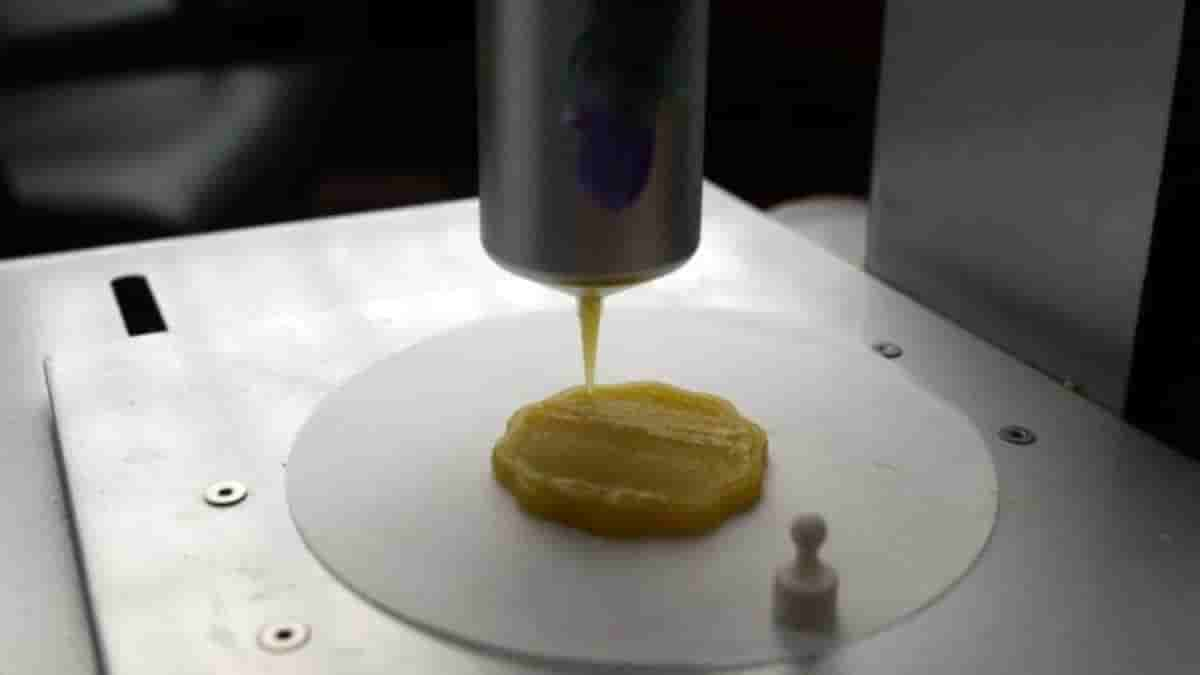From chocobar to sushi in space everything would be possible by bioengineering

One of the biggest problems that space agencies face is the food that can be served to astronauts in space. Because there are certain criteria that a food material needs to clear for being a space food. First, it must be edible even after a long duration, it should have rich nutrient content and high nutrient value per unit gram.
Every other food material cannot be sent into space. The primary ingredient used in the space food system is the yeast Saccharomyces cerevisiae (S. cerevisiae), a food-grade microorganism with thousands of years of usage in baking, brewing, and wine-making. Scientists have come up with a futuristic vision of 3D printing food.
In a new Nature Communications paper, researchers from Macquarie University and the ARC Center of Excellence in Synthetic Biology outline a vision for a customizable food system that provides dishes with the taste, texture, and nutrients of their Earth-bound counterparts. Space organizations would be able to customize the taste, texture, and shape of food with almost only one ingredient.
So out there in space, if an astronaut wants to eat a choco bar or a hamburger he can easily have it without worrying about anything. The innovative food system will also contribute to the circular economy, with the engineered foods leaving little to no waste for space travelers while maximizing food production capabilities off-Earth.


